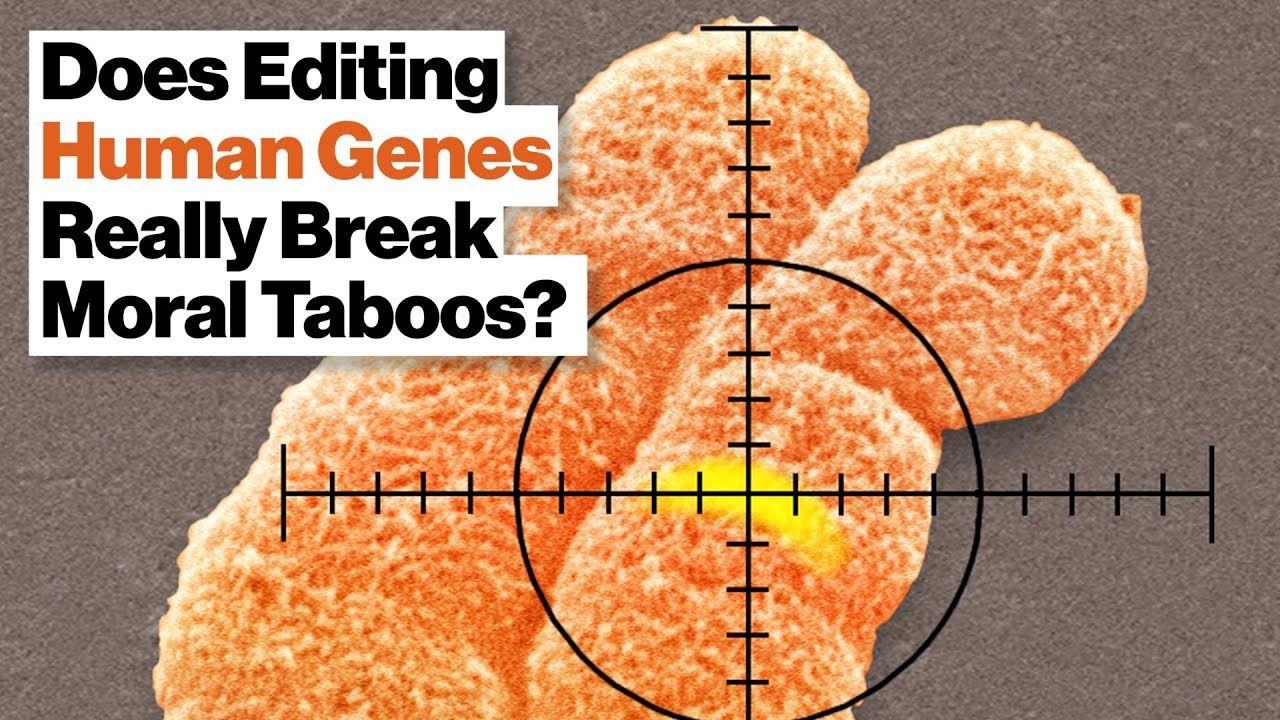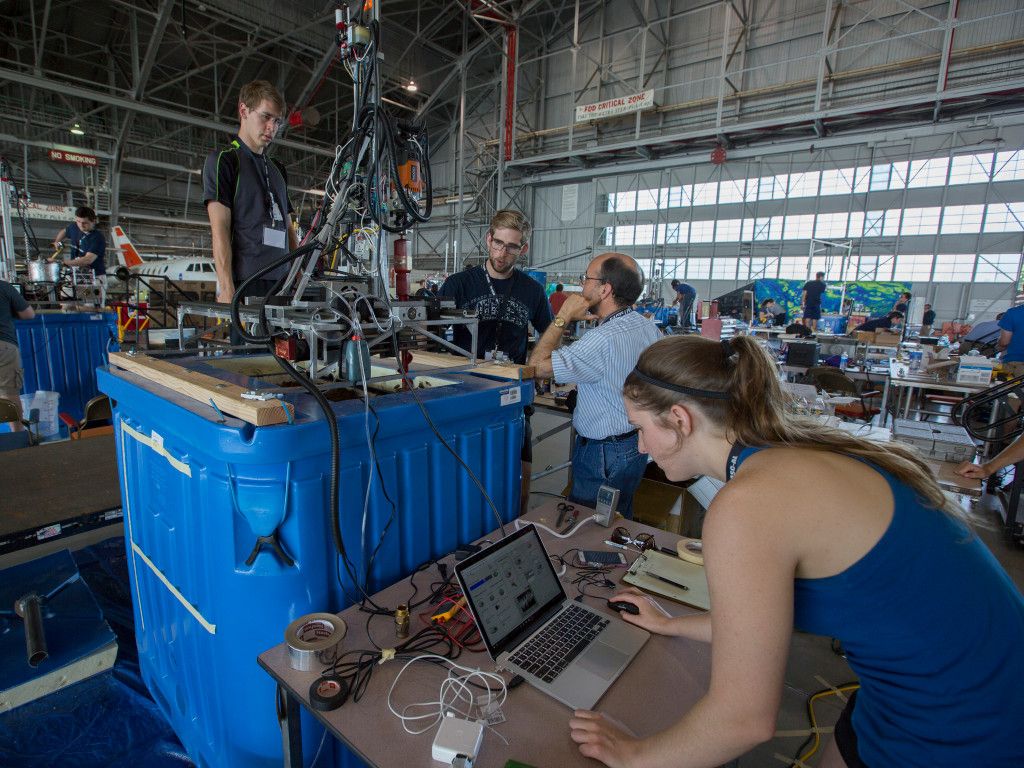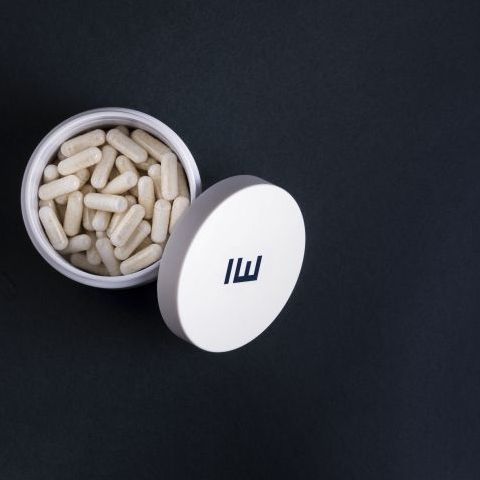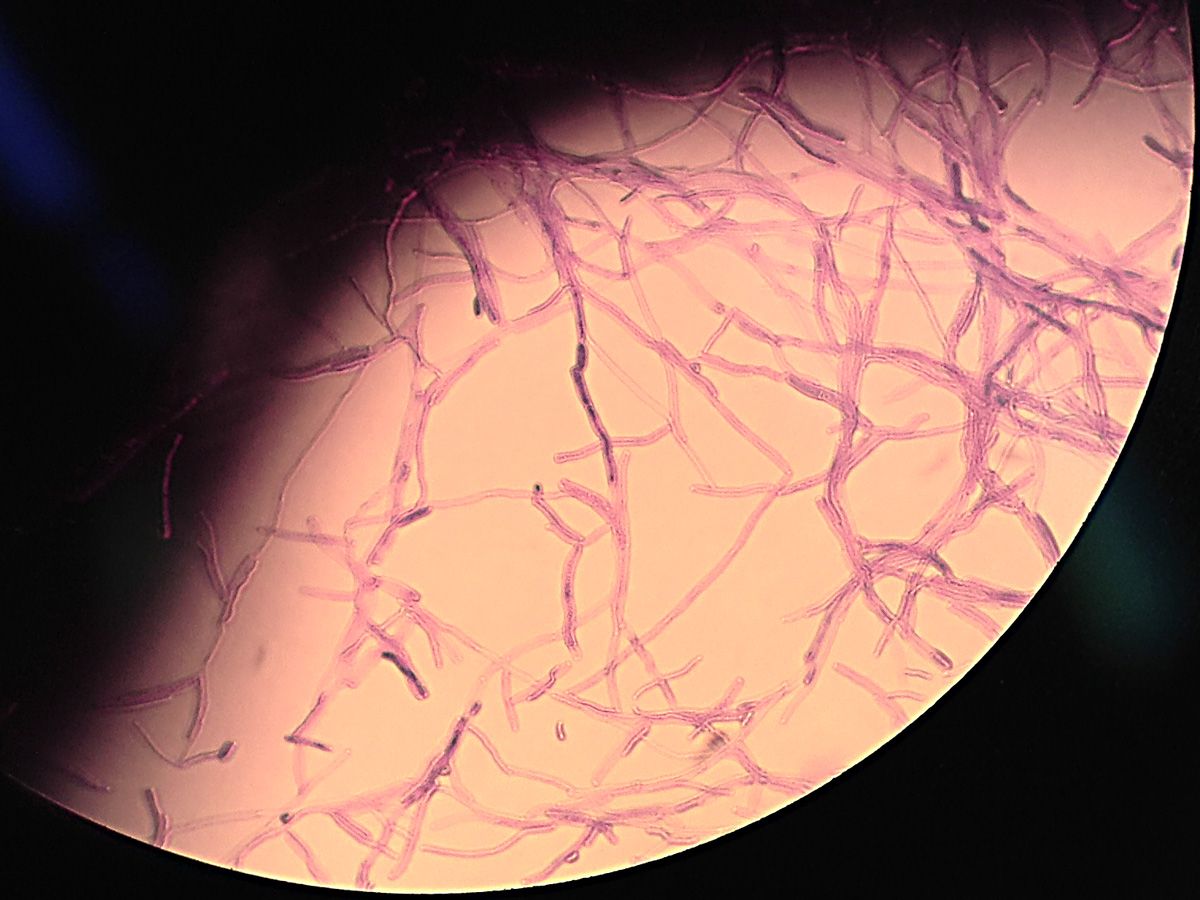Sep 4, 2017
Two-thirds of Americans approve of editing human DNA to treat disease
Posted by Carse Peel in categories: bioengineering, biotech/medical
About two-thirds of Americans support the use of gene editing to treat diseases, according to a new survey. But opinions vary a lot based on people’s religious beliefs and how much they know about gene editing in general.
The research, published earlier this month in Science, shows that across the board, people want to be involved in a public discussion about editing the human genome. And that conversation with scientists and public officials needs to happen now, as the technology is still developing, says study co-author Dietram Scheufele, a science communication scholar at the University of Wisconsin-Madison. The results are based on a survey of 1,600 US adults conducted in December 2016 and January 2017.

















